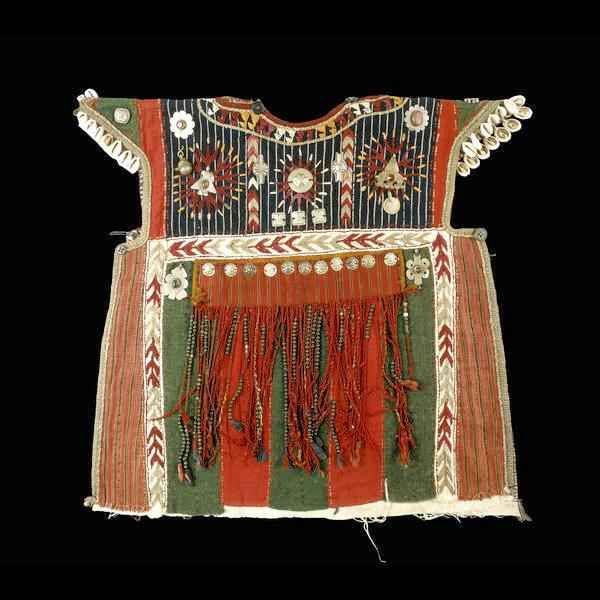
Figure 1.--This boy's tunic in the collection of the British Museum comes from the Ersari Turkmen people in Afghanistan. It dates to the early 20th century. |

|
Turkmenistan is one of the new central Asian countries created from the Soviet Union. As a Soviet republic, it was often referred to as Turkmen or Turmenistan. During the Tsarist era it was often called the Transcaspian region or area beyond the Caspian Sea. Modern Turmenistan borders on the Caspian Sea. Iran, Afghanistan and Russia and Uzbeckistan on the north. Most of the country is the Kara Kum Desert. The population is largely composed of Turkmens, a Turkic-speaking Moslerm people. Until the Soviets incorporated the area into the Soviet Union, clothing except for Russian officials was largely traditional.
The country borders on the Caspian Sea. Iran, Afghanistan and Russia and Uzbeckistan on the north. Its eastern border is the current Chinese province of Xinjiang. Most of the country is the Kara Kum Desert.
Turkmenistan is one of the new central Asian countries created from the Soviet Union (1992). As a Soviet republic, it was often referred to as Turkmen or Turmenistan. During the Tsarist era it was often called the Transcaspian region or area beyond the Caspian Sea. Modern Turmenistan borders on the Caspian Sea. Iran, Afghanistan and Russia and Uzbeckistan on the north. Turkestan" (or Turkistan) and "Turkmenistan" are not synonymous in modern usage. Turkmenistan is the modern country and the the name of the former Soviet republic that became independent in 1992. Soviet usage, hoiwever, varied. Turkestan is most commonly used to describe the central Asian territories, peopled by a majority of Turkic-speaking peoples. It corresponds to the region formed by southern Kazakhstan, Uzbekistan, Tajikistan, and Turkmenistan. The famed Silk Road passed through the area. Portions of Turkmenistan formed the Mariana Province of Ancient Persia. The area was ruled by the Arabs and became largely Islamicized (8-9th century). It then was conquered by Khorezm. The area fell to the Mongols (13th century), the Uzbecks (15th century), amd the Khana of Khica (about 1800 AD). The Russian conquuered the area as part of the Great Game as it pushed south at the expense of the Ottoman Empire and the the states of central Asia (1865-95). Large areas until ythe Soviet era were vert traditional, largely unchanged for centuries. After the Russian Civil War, Turistan became a constituent republic of the Soviet Union (1924). The Soviets launched an athesist campaign in this heavily Muslim area.
The population is largely composed of Turkmens, a Turkic-speaking Moslerm people. The term Turkmen refers to both a people and language. There are Turkmen minorities in neighboring states, including the Central Asian counties to the north and west and Iran and Afghanistan to the south. After World War I, the Young Turks who seized control of the Ottomon Empire and created secular Turkey as a step toward forging an expansive Turkish state with Turkey and the Turkic-speaking peoples of Central Asia, including Turistan. The Armenians genocide was aimed at destoying the non-Turkish people that separated Turkey from the Turkic-speaking peoples of Central Asia. In the end the incorporation of these people in the Soviet Union frustrated the plans of the Young Turks.
The Turkmen of Turkistan were a largely nomadic people who hearded sheep. Boys served as sghepards from a relatively young age. Turkmenistan education was very limited during the Khanates. Girls were not educated at all. This did not changeuntil the Soviet era.
Until the Soviets incorporated the area into the Soviet Union, clothiong except for Russian officials was largely traditional. The British Museum has the yunic seen here as part of its collection. The Museum reports, "Young boys wear a tunic or overshirt (kirlik or krte) until they are four or five. It is made of seven pieces from seven tents and sewn by three or four fortunate women. They embroider it with motifs and use colours such as red that symbolize life and fertility. The borders often have hook patterns representing scorpions for protection. The women also attach a whole range of items to theshoulders and back: bells, beads, amulets, coins, feathers, cowrie shells or white buttons, tufts of hair, black-and-white cords, models of sharp tools and weapons, tubes or roundels containing texts or prayers from the Qur'an and snakes modelled in cloth. Caps and bibs use the same elements, which are intended to frighten away evil spirits and either catch the attention of the 'evil eye' or deflect it from causing harm.
Navigate the Boys' Historical Clothing Web Site:
[Introduction]
[Activities]
[Biographies]
[Chronology]
[Cloth and textiles]
[Clothing styles]
[Countries]
[Topics]
[Bibliographies]
[Contributions]
[FAQs]
[Glossaries]
[Images]
[Links]
[Registration]
[Tools]
[Boys' Clothing Home]
Navigate the Boys' Historical Clothing national pages:
[Return to the Main countries page]
[Afghanistan]
[Australia]
[Belgium]
[England]
[France]
[Germany]
[Ireland]
[Italy]
[Japan]
[Korea]
[Mexico]
[New Zealand]
[Norway]
[Scotland]
[Tajikistan]
[]
[United States]
[Uzbekistan]
[Venezuela]
